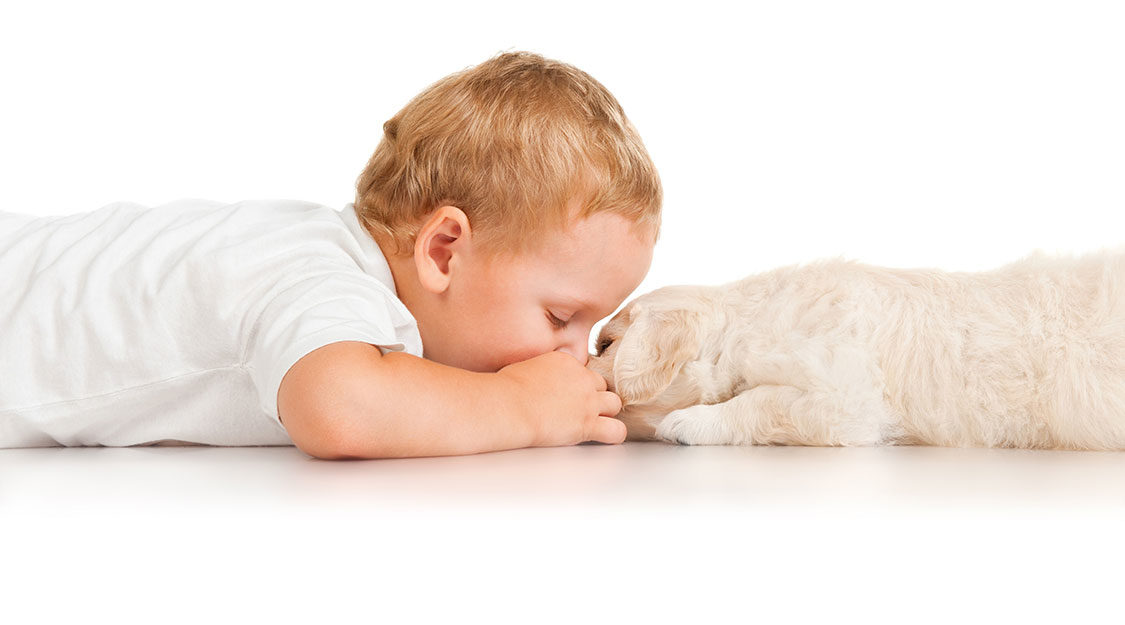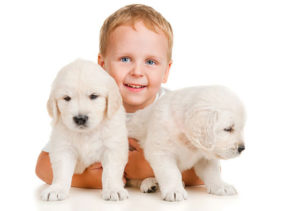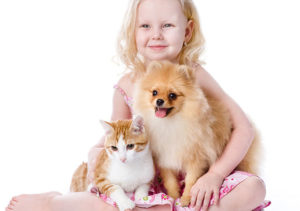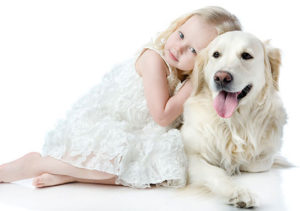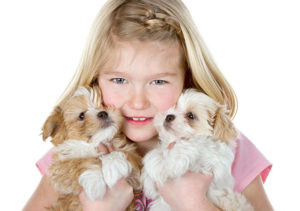How dogs teach our kids responsibility, sharing and communication – Part 6

In every instance where a dog is used within the family household to teach children important life lessons – lessons of responsibility, lessons of care, and lessons of sharing, it has been the dog’s similarity to us that has done the teaching.
His differences can help us grow, too. You can use the unfamiliar to widen a child’s view, tickle its curiosity, exercise its senses, and encourage understanding and respect.
Curiosity can establish a love for knowledge. You can begin to form your child’s learning habits before it enters school. Let his dog be a focal point for his natural curiosity.
Search with him for the dog’s differences in behavior and appearance. Some interesting facts and insights can be found in like-minded dog books and videos – how a dog reads with his nose, how a dog’s ears make him a remarkable eavesdropper, how a dog can fight with his eyes, how a dog has a tail that talks, how a dog loses the battle to keep peace.
These facts and insights can answer the child’s questions and stimulate new interests. They are fascinating enough for bedtime stories. It could be a running series of: “Charlie, the dog who…”
Make the illustration even sharper by using the dog’s name. Help him see the answers to his questions. Use the word “like” to put a picture in his mind. Explaining a dog’s acute hearing you could say, “ears like scoops.” Then make the picture move: “that can tilt and reach out to dip into sound.”
Involve the child actively in an illustration. It doesn’t always have to be scientific as long as it gives him the feel of it. “Charlie wags his tail because he can’t smile. It won’t fit on his mouth. Now show your child by stretching the corners of your mouth back as far as you can – pull your lips as tight as you can. That’s the shape of Charlie’s mouth. His mouth was not made to smile so he wags his tail.”
In stories like these you can give your child a valuable approach to the unusual. He can learn that there is a reason behind behavior. That what appears funny, or dumb, or even ugly can look differently when we know the purpose it serves.
He learns from seeing you actively seeking reasons behind the dog’s behavior. You are showing him the beginning of understanding. A child that is involved with animals soon learns there are different types of intelligence – used for different ways of life.
